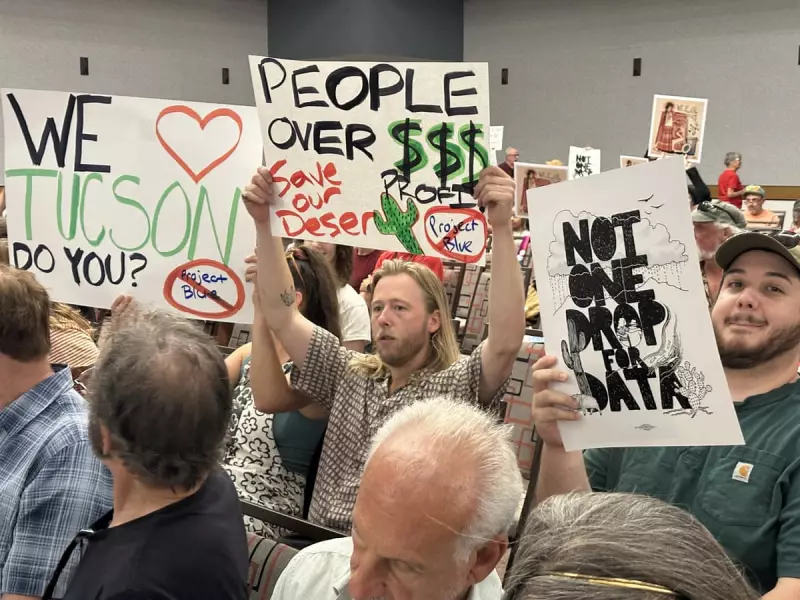
In the heart of Arizona's sun-scorched desert, a bitter conflict is brewing between technological ambition and environmental reality. Tucson, a city grappling with severe drought conditions, has become the unlikely battleground for a controversial AI data centre development that threatens to consume millions of gallons of precious water.
The Thirst of Artificial Intelligence
Project Blue, as the development is known, represents the cutting edge of technological infrastructure – but at what cost? These sprawling facilities, essential for powering complex artificial intelligence systems, require enormous amounts of water for cooling operations in Tucson's extreme heat.
Local residents and environmental advocates are raising urgent questions about the sustainability of such projects in one of America's most water-stressed regions. "We're being asked to choose between technological progress and basic survival," remarked one concerned community member during recent protests.
A City Divided Over Water Resources
The controversy highlights a growing tension across the American Southwest as tech companies increasingly view these sun-drenched states as ideal locations for energy-intensive operations. Tucson's situation mirrors similar conflicts emerging throughout the region, where the promise of economic development clashes with environmental limitations.
Local officials find themselves walking a tightrope, balancing the attraction of high-tech investment against their responsibility to protect dwindling water supplies. The debate has exposed fundamental questions about sustainable growth in an era of climate change.
The Environmental Reckoning
Critics argue that approving water-intensive projects like Project Blue undermines years of conservation efforts and public education about water scarcity. Many residents who have conscientiously reduced their personal water usage now question why corporations should be exempt from similar constraints.
Meanwhile, developers emphasise the economic benefits and technological advancements these facilities bring, suggesting that water recycling and efficiency measures will mitigate environmental impacts. However, sceptics remain unconvinced, pointing to the fundamental incompatibility of water-guzzling operations in a desert ecosystem.
As the standoff continues, Tucson has emerged as a critical test case for how communities nationwide might navigate the complex relationship between technological advancement and environmental preservation in an increasingly water-constrained world.





